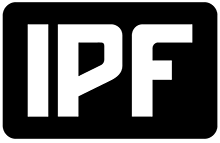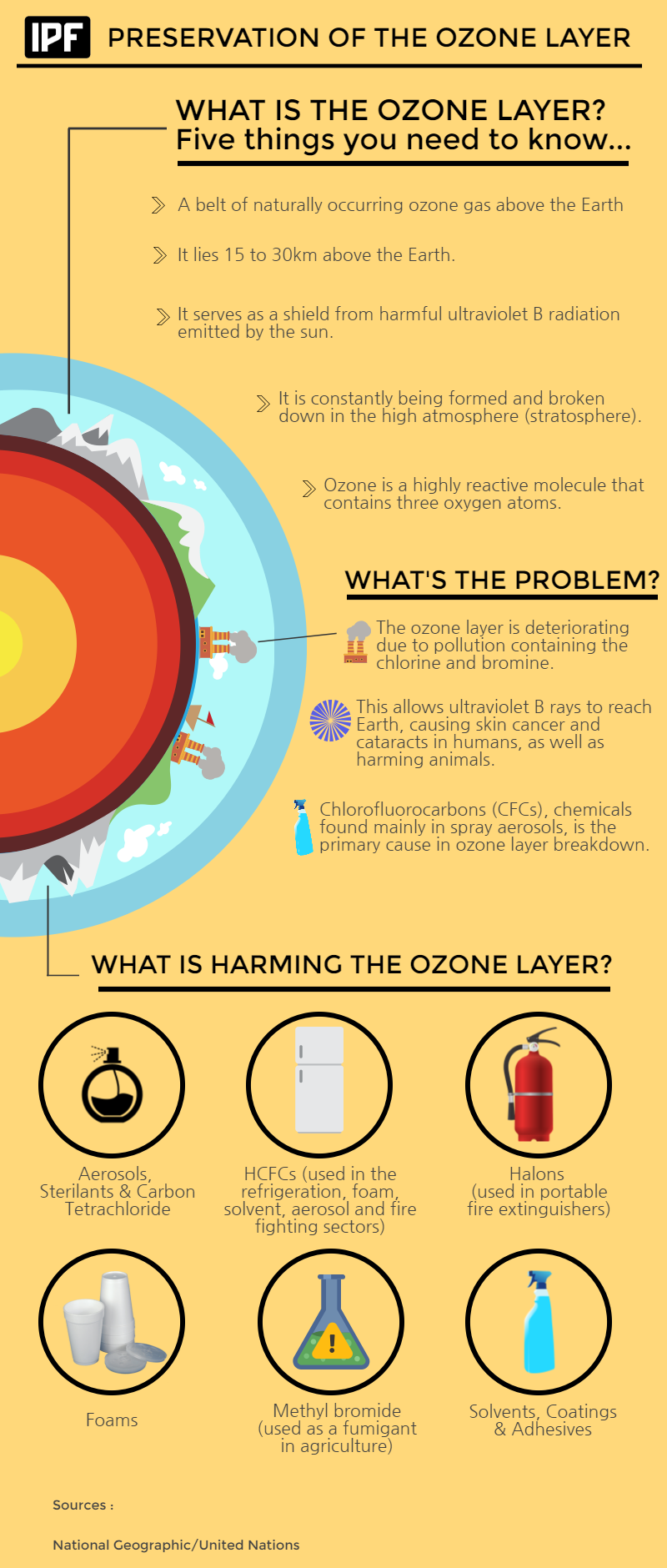“Sometimes the media gives us the impression that we are terminal patients, because of problems of global warmth or the ozone layer. And the people, they don’t understand that they can could change this situation for the better if they could act locally in a city.”
Last week, on 16 September, the world celebrated the International Day for Preservation of the Ozone Layer. The day was designated by the United Nations General Assembly in commemoration of the countries who signed the Montreal Protocol on Substances that Deplete the Ozone Layer.
Growing up, most of us would have heard about the big “hole in the ozone layer” and how damaging this is for our planet. So we have a general idea about why the international community might be concerned about it. But is that enough? Did it train generations to really know what the ozone layer is and what can be done to protect it?
When we asked young Londoners what the ozone layer is, unsurprisingly, their answers ranged from “I know nothing about it” to “Never heard of it”. This resulted in a conversation about the role of educational institutions and the media – are they doing a good enough job of informing people about the world’s most pressing environmental issues?
When made aware about the ozone layer and the harm that CFCs cause to our atmosphere, the young people we spoke to had some great ideas about how to prevent further damage. It goes to show that when the youth are educated and engaged, they truly can come up with some innovative answers to the world’s biggest challenges.
Brazilian politician Jamie Lerner once said: “Sometimes the media gives us the impression that we are terminal patients, because of problems of global warmth or the ozone layer. And the people, they don’t understand that they can could change this situation for the better if they could act locally in a city.”
His words ring true today more than ever.


